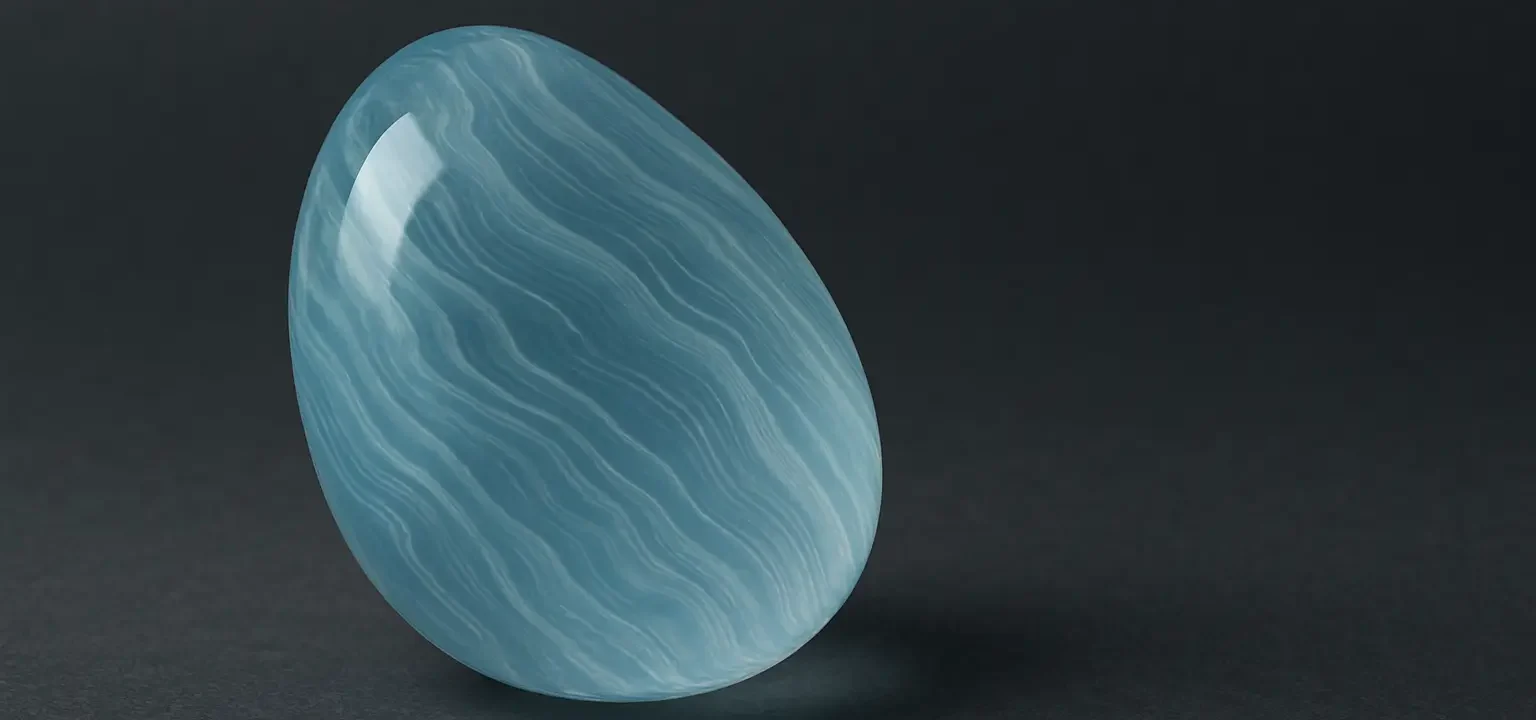- Liquid Crystals are substances that exhibit properties between those of conventional liquids and solid crystals.
- They flow like a liquid but have some degree of ordered structure.
- They are most well-known for their use in liquid crystal displays (LCDs).
Types of Liquid Crystals:
-
Thermotropic:
- Change their phase in response to temperature.
- Nematic Phase: Molecules are oriented in the same direction but not arranged in a well-defined pattern. They have the least order and flow easily.
- Smectic Phase: Molecules are arranged in layers and can slide past each other within the layer but maintain a degree of order.
- Cholesteric (Chiral Nematic) Phase: Molecules are arranged in layers with each layer having a slightly different orientation, leading to a helical structure.
-
Lyotrop:
Properties and Applications of Liquid Crystals:
- Anisotropy: Liquid crystal exhibit different properties in different directions (e.g., optical and electrical properties).
- Display Technology: Used in LCD screens, where electric fields manipulate the orientation of the crystals to control light passage.
- Sensors: Liquid crystals respond to changes in temperature, pressure, and chemical environment, useful in various sensing applications.
Click Here to Watch the Best Pharma Videos

